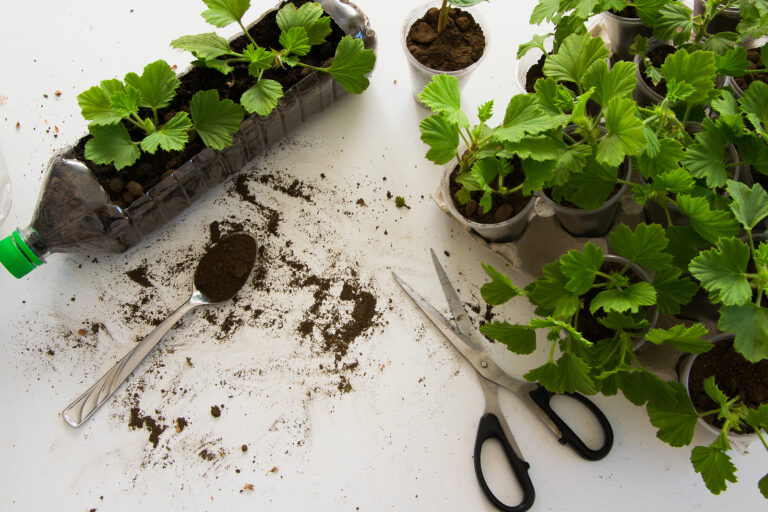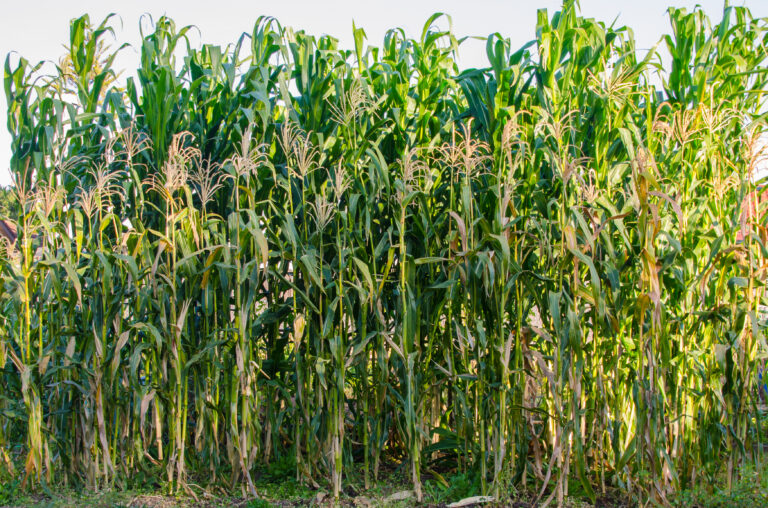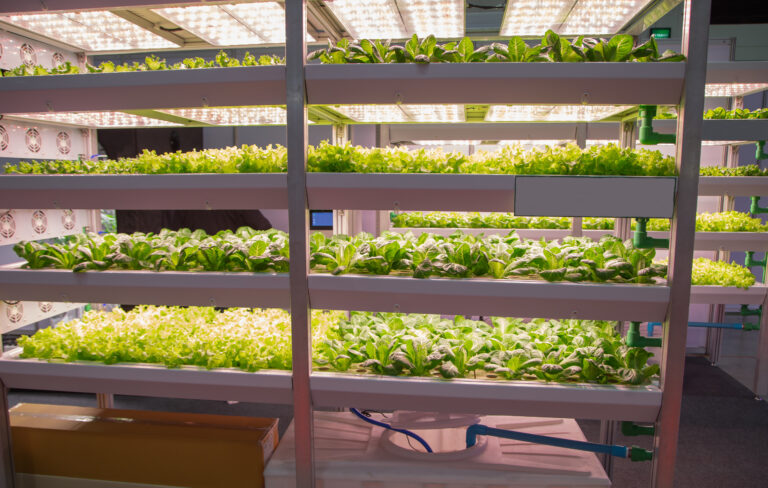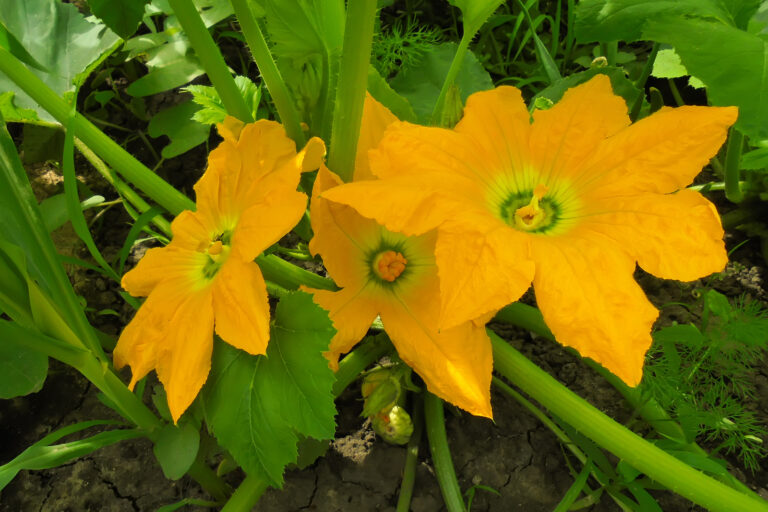How to Start New Plants from Cuttings
Cuttings from existing plants can be used to start new plants. You can start new plants from trimmings of grapes, figs, perennial herbs such as rosemary and lemon verbena, and even from some vegetables such as peppers and tomatoes.
No special tools or equipment are needed to start new plants from cuttings. You will need a bright sunny room or a greenhouse or a warm plastic tunnel that can keep cuttings at about 75°F. High humidity is also a plus.
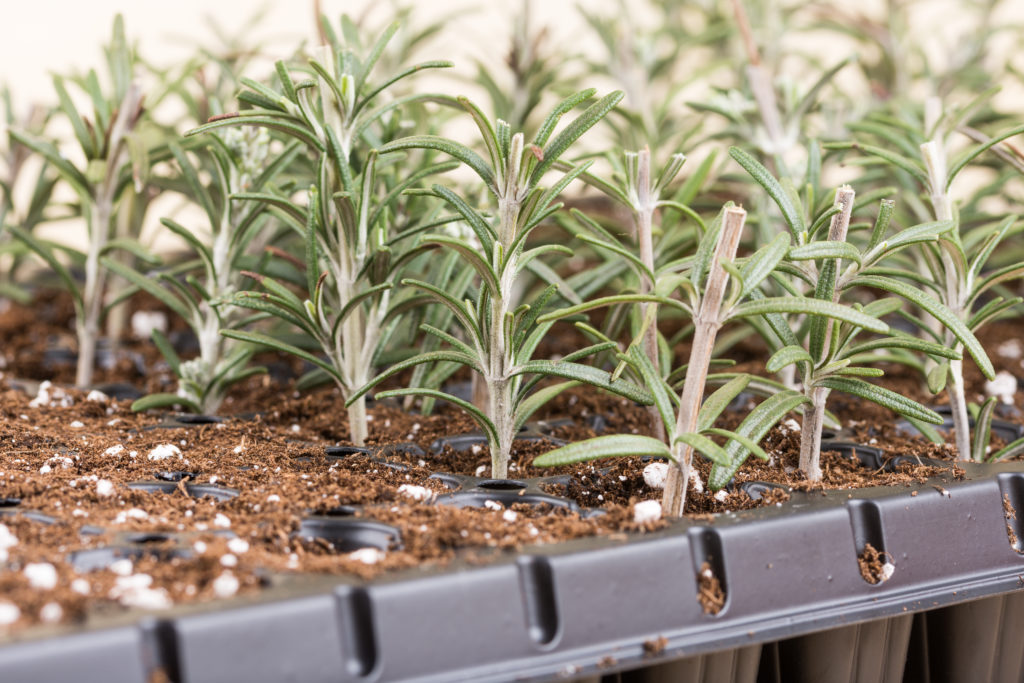
Soil mix for cuttings
To root cuttings you will need a porous soil mix. Use equal parts of sand, perlite, aged compost, and vermiculite. Do not add fertilizers or steer manure to the starting mix. Fertilizers and manure can burn new and newly exposed plant tissue.
Starting cuttings in water is not recommended. Cuttings will root in water, but the roots will be weak and may break when transferred to soil. Plants may also suffer shock when moved from water to soil.
Good Products for Seed Starting Success at Amazon:
- Jump Start Germination Station w/Heat Mat Tray, 72-Cell Pack, Dome
- Espoma Seed Starting Mix
- 200 Count- Jiffy 7 Peat Soil Seed Starting Plugs
- Seed Starter Kit with Humidity Dome (120 Cells Total Tray)
- AgrobriteT5 Fluorescent, 2-Foot, Grow Light System
Containers to start cuttings
Start cuttings in seed-starting trays or containers larger than a pint. Be sure the container has drainage holes. Large Styrofoam coffee cups or large paper cups are inexpensive and suited for rooting cuttings. If you are starting several cuttings at the same time, use a seed-starting tray or nursery flat. Choose a container that has a wide base; when a cutting roots and starts to grow the plant can become top heavy.
Tip cuttings
Tip cuttings root most quickly. A tip cutting comes from the end of branch where the plant tissue is soft, not hard. A tip cutting will have a growing point—small, fresh leaves often emanating in a small whorl. A growing point is the source of new leaves. Choose a twig or small branch that has a growing point and is also a bit rigid. Rigid tissue will be sturdy and can serve as a stem after the cutting roots.

How to make a cutting
To take a sturdy cutting, first find a stem or twig with a growing point then make your cut lower down the stem or twig or branch where the tissue or twig is darker and thicker—that is a darker green than the growing point. Cuttings will root from non-woody tissue and from woody tissue. Woody tissue will root more slowly. The further down a branch you go the more “woody” it will be. Make your cut with a sharp knife; make an angled cut to expose more of the interior tissue which will grow the roots. A cutting 5 to 6 inches long is best; you will bury or plant about one-third to one-half of the cutting.
Planting the cutting
Dip the lower end of the cutting into a rooting hormone powder; you can get a rooting hormone such as RooTone at a garden center or nursery. Tap the cutting to remove excess rooting hormone. Poke a hole in the soil mix with your finger or a pencil and gently place the cutting in the hole; the hole should be 2 to 3 inches deep. Firm the soil in around the cutting; there should be good contact between the cutting and the soil. Gently water the cutting and place the container in a warm, sunny spot. The warmth of the soil is as important as the sunlight on the leaves of the cutting.
Growing the cutting on
To grow the cutting, keep the soil mix moist. Reduce transpiration—loss of moisture through the leaves—by placing a clear plastic bag over the container. You want the air around the cutting to be warm and moist but not wet. You can lift the bag once a day so that fungus and bacteria do not grow near the cutting. A heating mat with a thermostat will keep the cutting and soil mix at about 75°F; a heating mat is the only expenditure you might consider especially if you plan to root cuttings on a regular basis.
Inspect the soil every day to be sure it is staying just moist, not drying out. You don’t want the soil wet, just moist. Make sure the container is well-drained and water does not collect at the bottom of the container. Misting cuttings is not necessary and may encourage fungal diseases.
Cuttings will typically form roots in a week or two and sturdy roots in 8 to 10 weeks. Be careful not to jostle containers and cuttings during the rooting period.
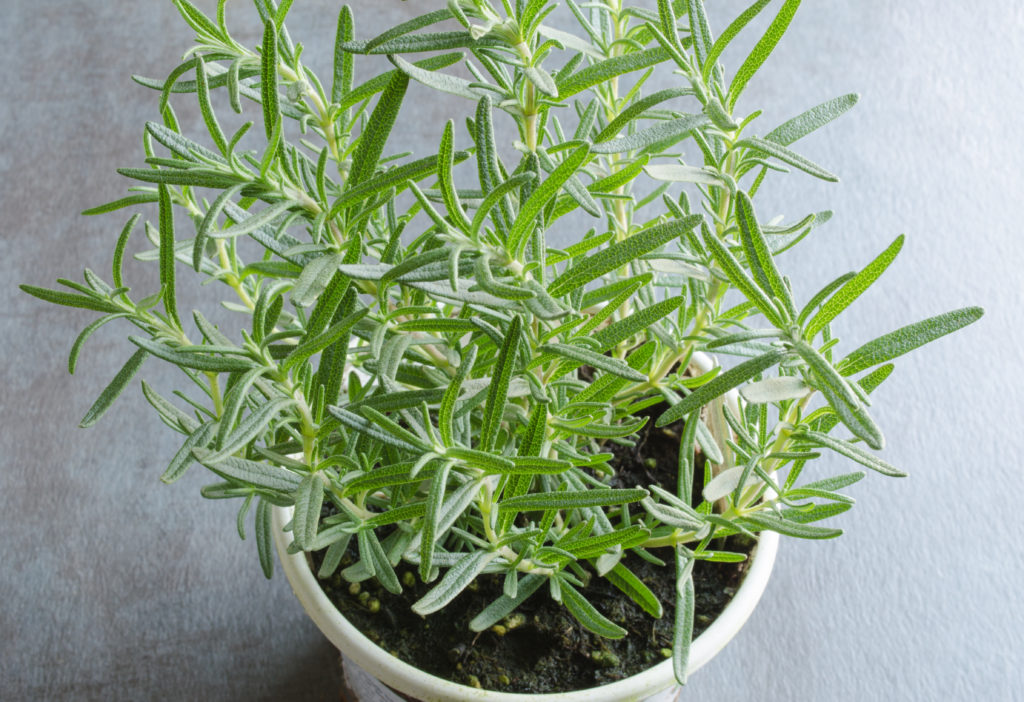
When cuttings grow
After a few weeks you will likely notice new growth; this is a good sign. After a cutting puts on an inch of growth it will be time to transplant the rooted cutting to a larger container. Moving a cutting or seedling from a small pot to a larger pot is called potting up or potting on. Pot up cuttings when it is clear they are making growth; pot up to the next largest container to give the plant more room for root growth.
Before potting up begin giving the new plant extra nutrients. Add a bit of fish emulsion to water—a teaspoon to a gallon is enough—and feed the plant in preparation for the move. Pot the new plant up into a commercial organic potting mix; potting mixes contain nutrients.
To pot up, turn the container upside down cradling the stem of the plant between two fingers. Give a tap to dislodge the soil and root ball. Roots will hold the soil together, but move quickly not to loose soil. Transfer the rooted cutting to its new container and firm in extra soil around the root ball. Keep the soil in the new container just moist as before.
Plants to grow from cuttings
Plants that can be rooted from cuttings include grapes, figs, tomatoes, peppers, celery, sweet potatoes, rosemary, lemon verbena, basil, fennel, lemon verbena, lavender, mint, lemons, limes, apples, peaches, pears, and avocados.
Also of interest:
Garden Planning Books at Amazon:


